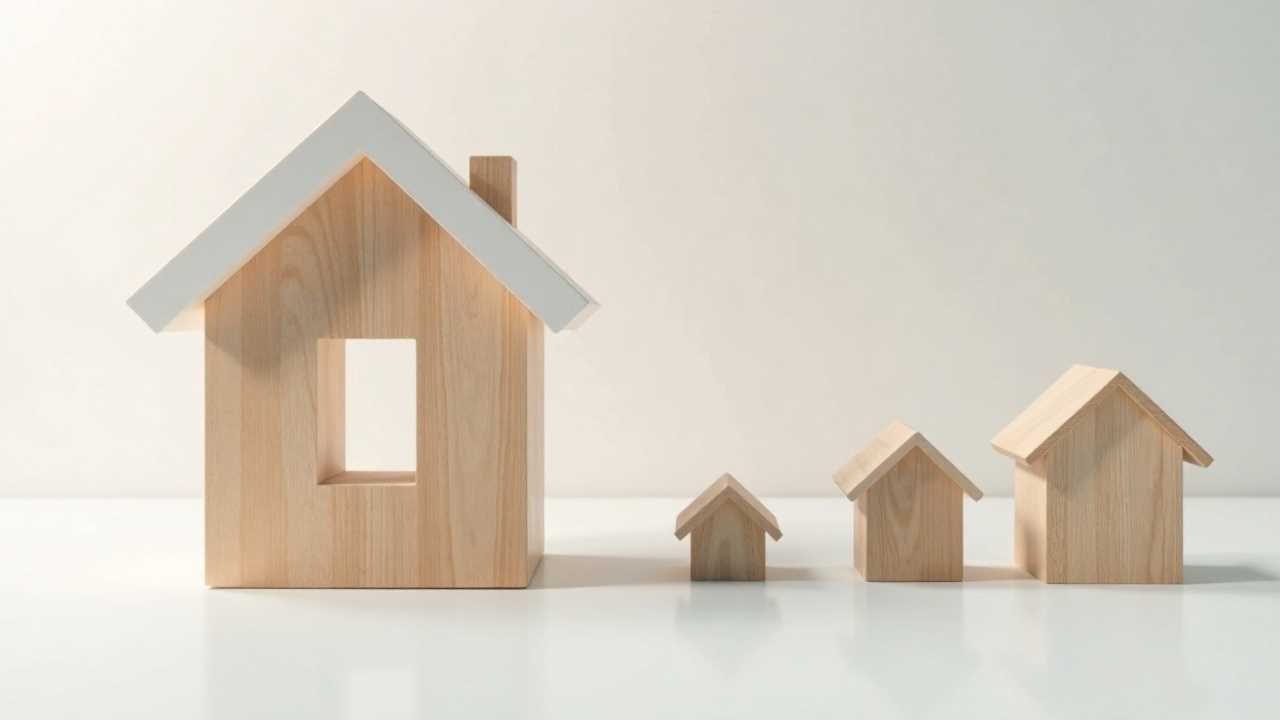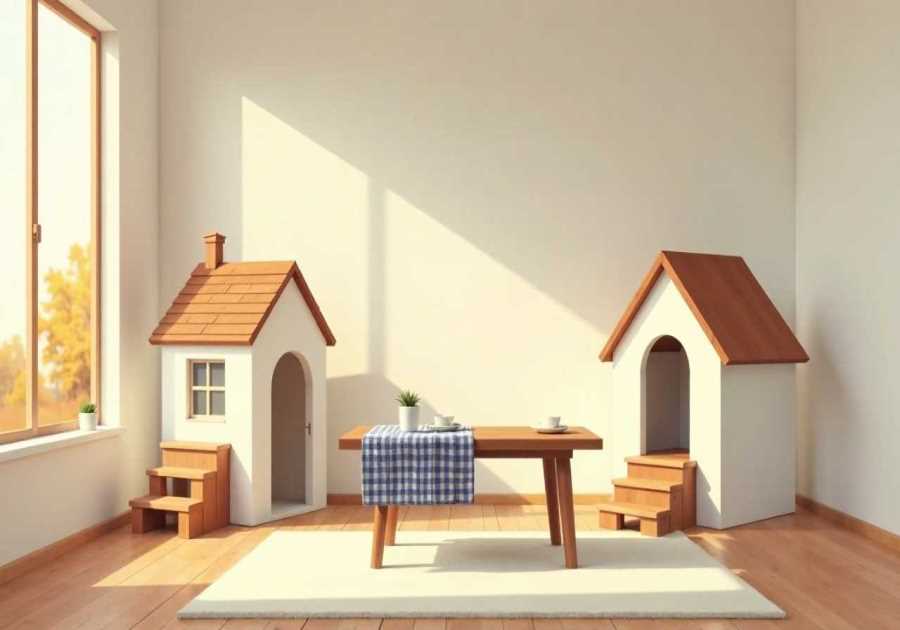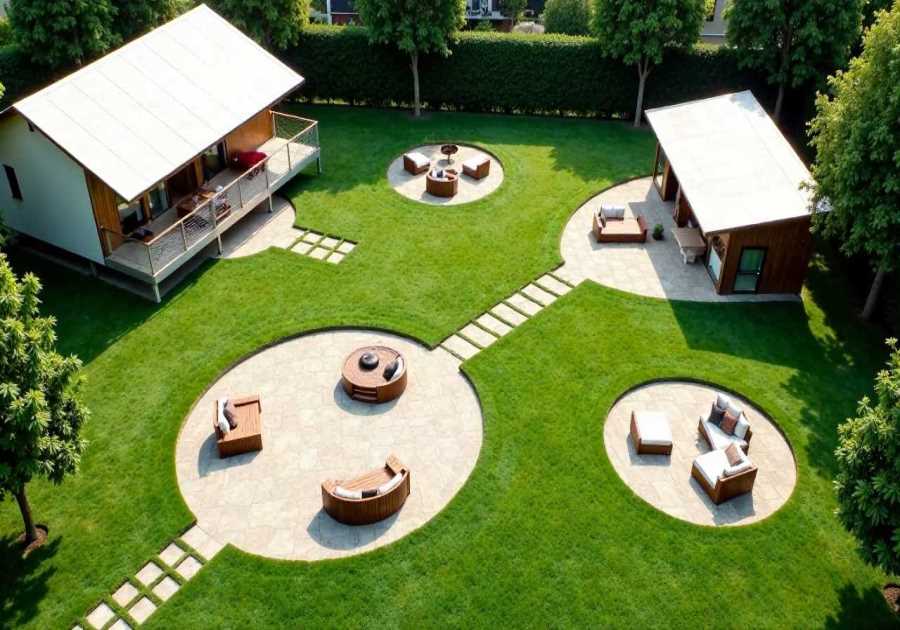
The Allure of Tiny House Living
Tiny house living has captured the imagination of many, offering a unique lifestyle that prioritizes minimalism, sustainability, and efficiency. As we navigate through a world increasingly focused on consumerism and excess, the tiny house movement stands as a beacon of hope for those seeking a more intentional way of life. By embracing space-saving designs and off-grid capabilities, we can create a home that not only meets our needs but also aligns with our values.
Understanding Minimalism in Tiny House Design
At its core, minimalism is about simplifying life and reducing clutter. In the context of tiny house DIY projects, this philosophy translates into thoughtful design choices that maximize functionality while minimizing waste. Each item we include in our tiny home should serve a purpose, whether it’s a multi-functional piece of furniture or a cleverly designed storage solution.
When planning our tiny house, we should consider how to incorporate minimalist principles into every aspect of the design. For instance, opting for a foldable dining table can provide us with a dining space that can be easily stowed away when not in use, freeing up valuable floor space. Similarly, using built-in storage solutions, such as under-bed drawers or wall-mounted shelves, can help us keep our living area organized and clutter-free.
Building for Sustainability
Sustainability is a key component of tiny house living. By choosing eco-friendly materials and energy-efficient systems, we can significantly reduce our environmental footprint. When embarking on tiny house DIY projects, we should prioritize the use of sustainable resources, such as reclaimed wood, bamboo, or recycled materials.
Incorporating solar panels into our tiny house design is another effective way to achieve sustainability. Solar energy allows us to power our home without relying on traditional energy sources, making it an excellent choice for those looking to live off-grid. Additionally, installing a rainwater harvesting system can provide us with a sustainable water source, further enhancing our self-sufficiency.
Space-Saving Solutions for Tiny Homes
One of the most significant challenges of tiny house living is making the most of limited space. Fortunately, there are numerous space-saving solutions that can help us optimize our tiny home.
Consider implementing lofted sleeping areas to free up floor space for living and dining. This design choice not only maximizes vertical space but also creates a cozy sleeping nook. Another effective strategy is to use furniture that serves multiple purposes. For example, a sofa bed can function as both a comfortable seating area during the day and a cozy bed at night.
We can also explore the use of modular furniture, which can be rearranged or expanded as needed. This flexibility allows us to adapt our living space to suit our changing needs, ensuring that our tiny home remains functional and comfortable.
Off-Grid Living: The Ultimate Freedom
Living off-grid is an appealing aspect of tiny house living. It offers us the freedom to disconnect from traditional utilities and embrace a more self-sufficient lifestyle. To achieve this, we must carefully plan our tiny house design to accommodate off-grid systems.
Incorporating a composting toilet is a practical solution for waste management in an off-grid tiny home. This eco-friendly option eliminates the need for a traditional plumbing system, allowing us to reduce our water usage and minimize our environmental impact.
Additionally, we should consider installing a wood stove or propane heater for heating during colder months. These systems provide warmth without relying on electricity, making them ideal for off-grid living.
Enhancing Mobility in Tiny House Living
One of the most attractive features of tiny houses is their mobility. Many tiny homes are built on trailers, allowing us to travel and relocate with ease. This mobility opens up a world of possibilities, from exploring new locations to finding the perfect spot to settle down.
When designing our tiny house for mobility, we should focus on creating a lightweight structure that can withstand the rigors of travel. Using materials such as lightweight steel framing or composite panels can help us achieve this goal.
Additionally, we should consider the layout of our tiny home to ensure that it remains functional and comfortable while on the move. Incorporating secure storage solutions for our belongings will help prevent items from shifting during travel, ensuring a smooth journey.
Efficiency: The Heart of Tiny House Living
Efficiency is a fundamental principle of tiny house living. By designing our homes with efficiency in mind, we can create spaces that are not only functional but also enjoyable to live in.
Incorporating energy-efficient appliances is a great way to enhance the efficiency of our tiny home. Choosing appliances that consume less energy can significantly reduce our utility costs and environmental impact.
Additionally, we should prioritize natural lighting in our design. Large windows and skylights can help illuminate our living space, reducing the need for artificial lighting during the day. This not only creates a brighter, more inviting atmosphere but also contributes to our overall energy efficiency.
A Lifestyle Choice
Tiny house living is more than just a trend; it’s a lifestyle choice that allows us to embrace minimalism, sustainability, and efficiency. By engaging in tiny house DIY projects, we can create a space that reflects our values and meets our needs. Whether we’re drawn to the idea of living off-grid, maximizing our mobility, or simply seeking a more intentional way of life, tiny house living offers a path to fulfillment and freedom. Embrace this journey, and let your tiny house be a testament to a life well-lived.






